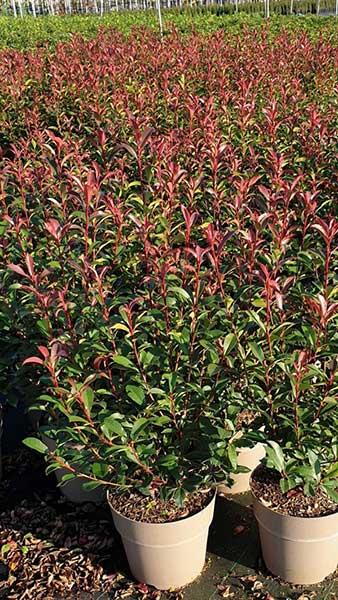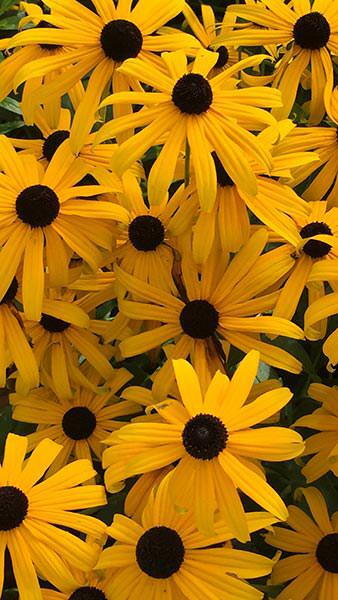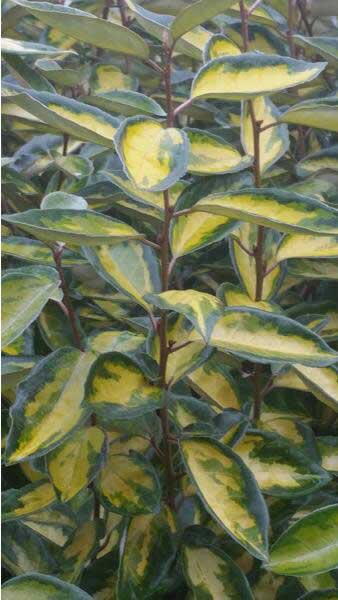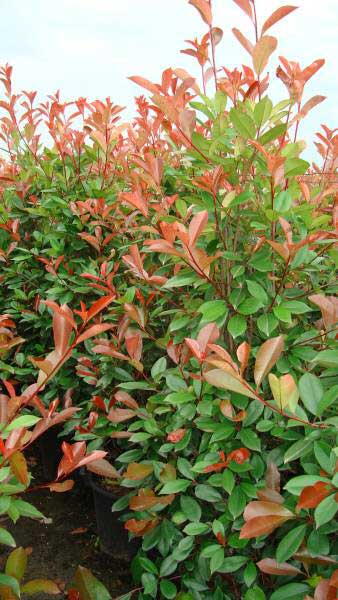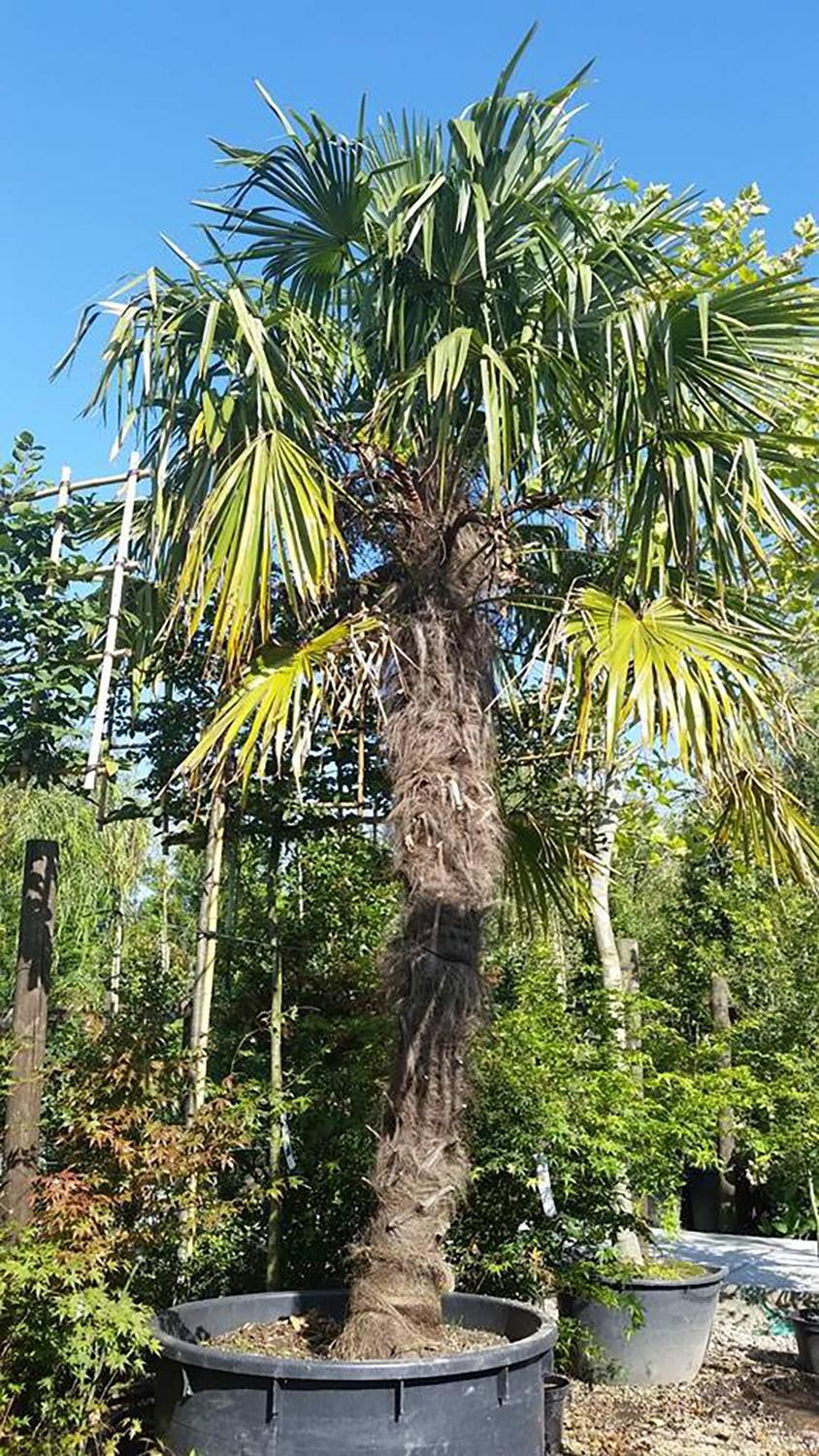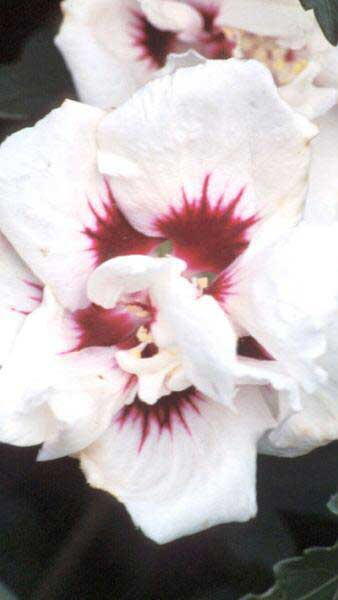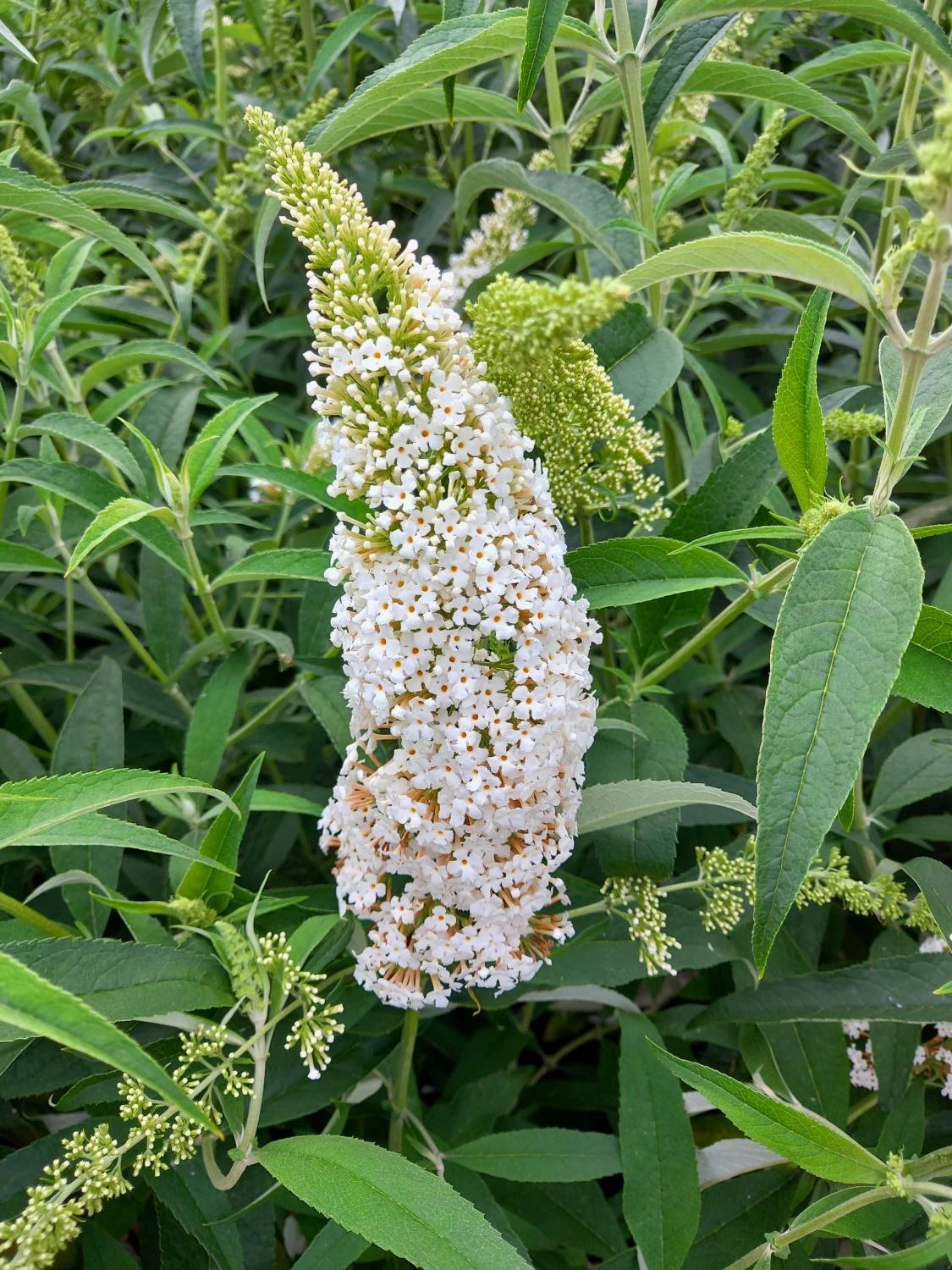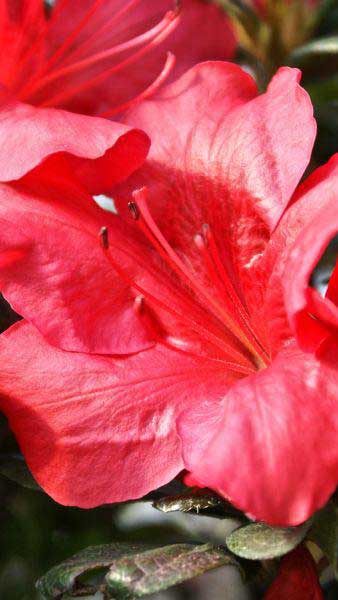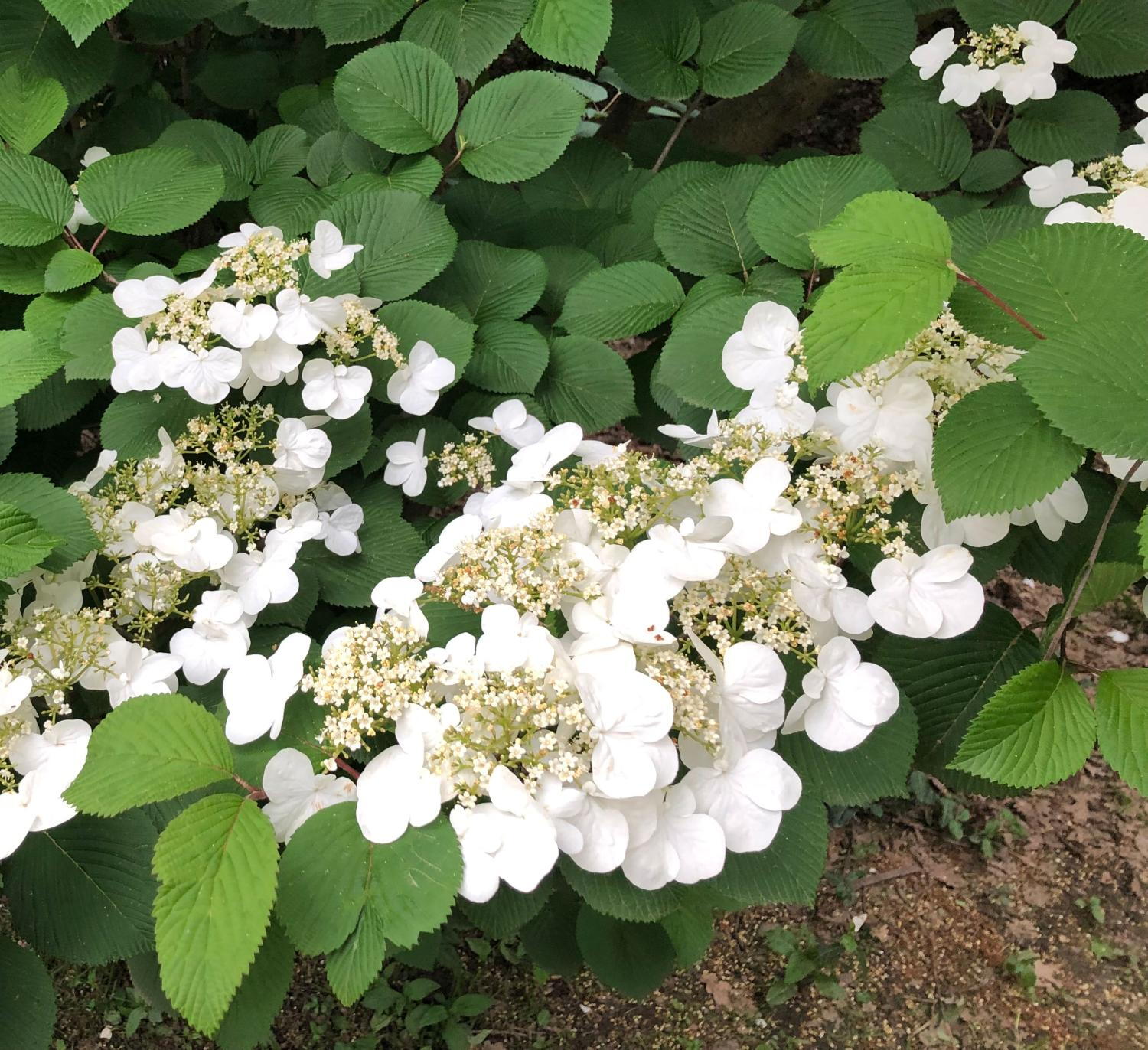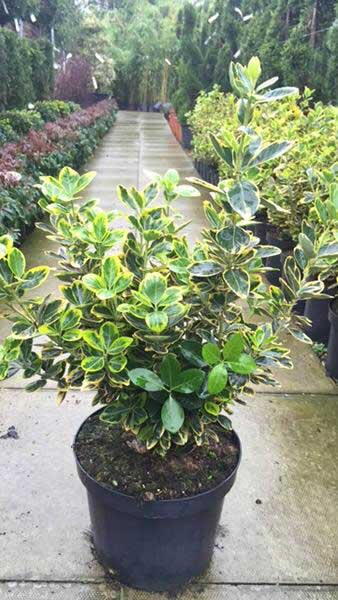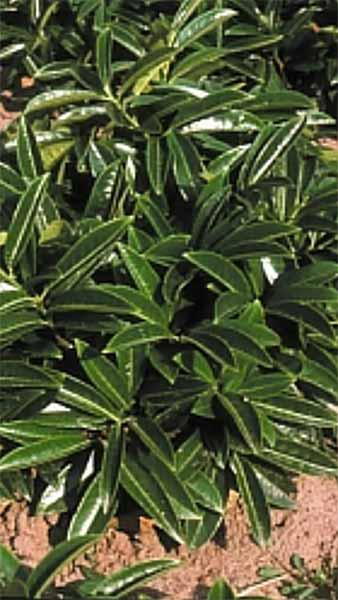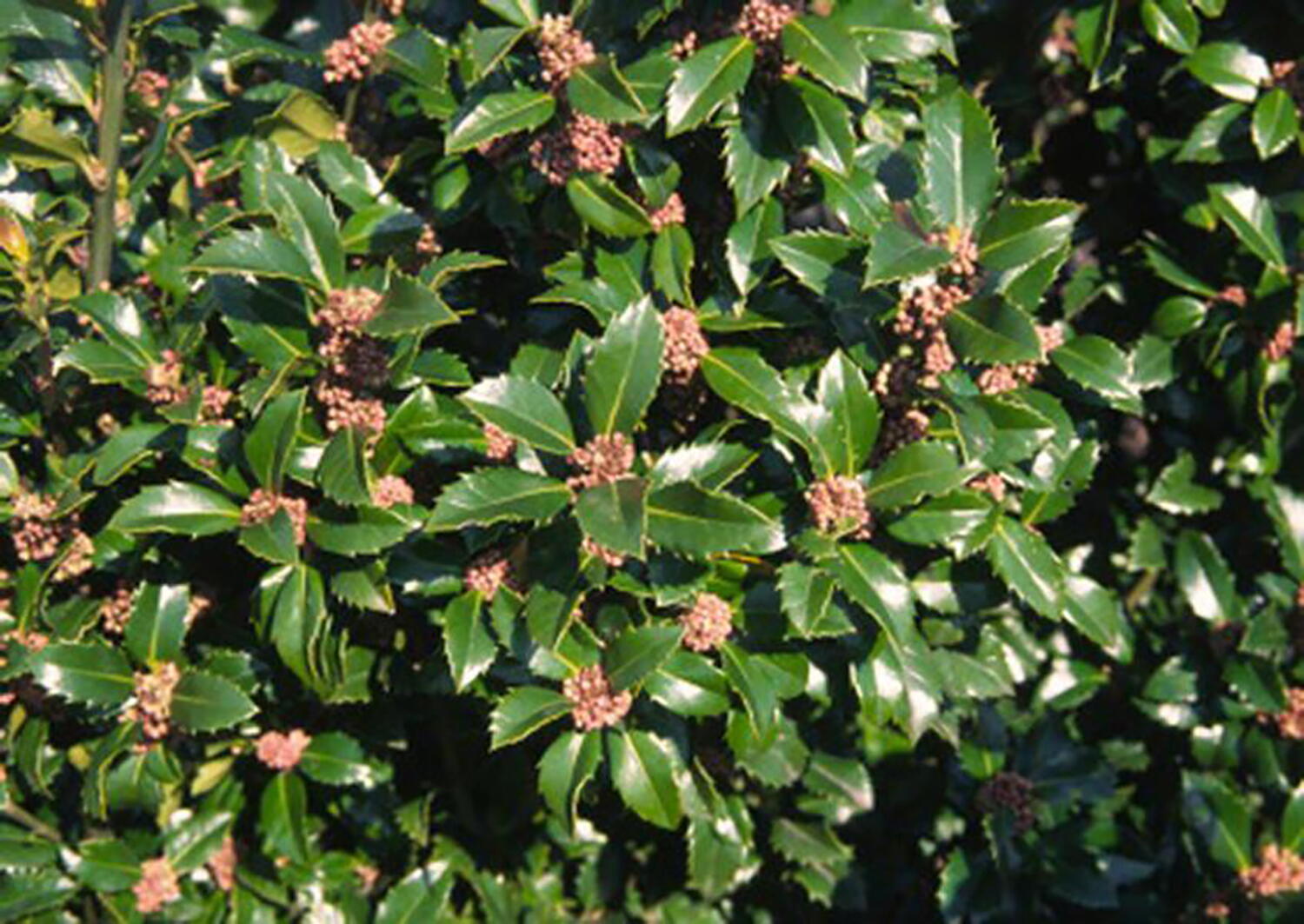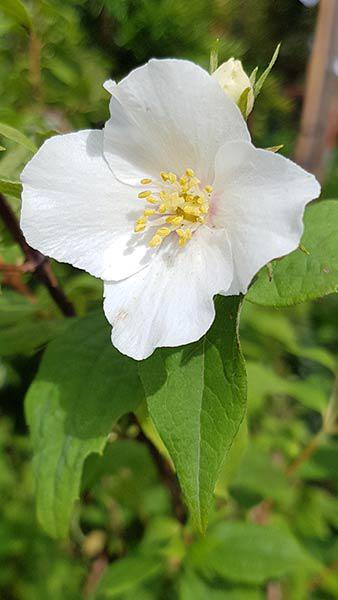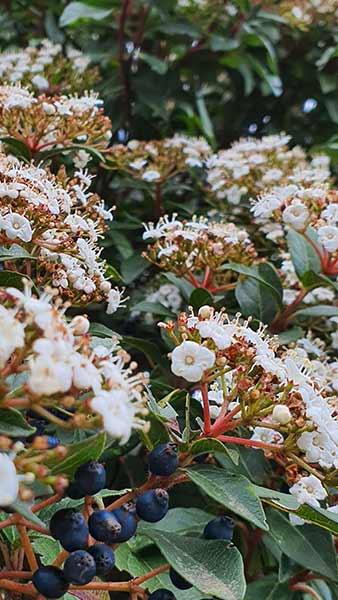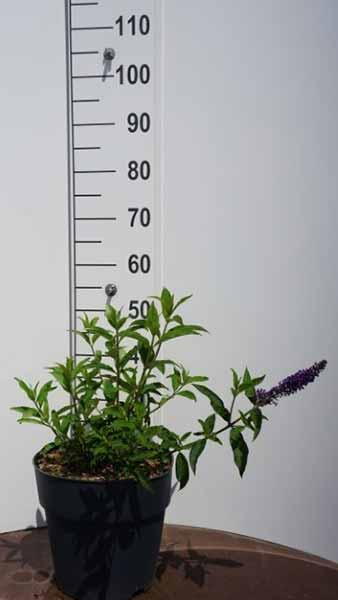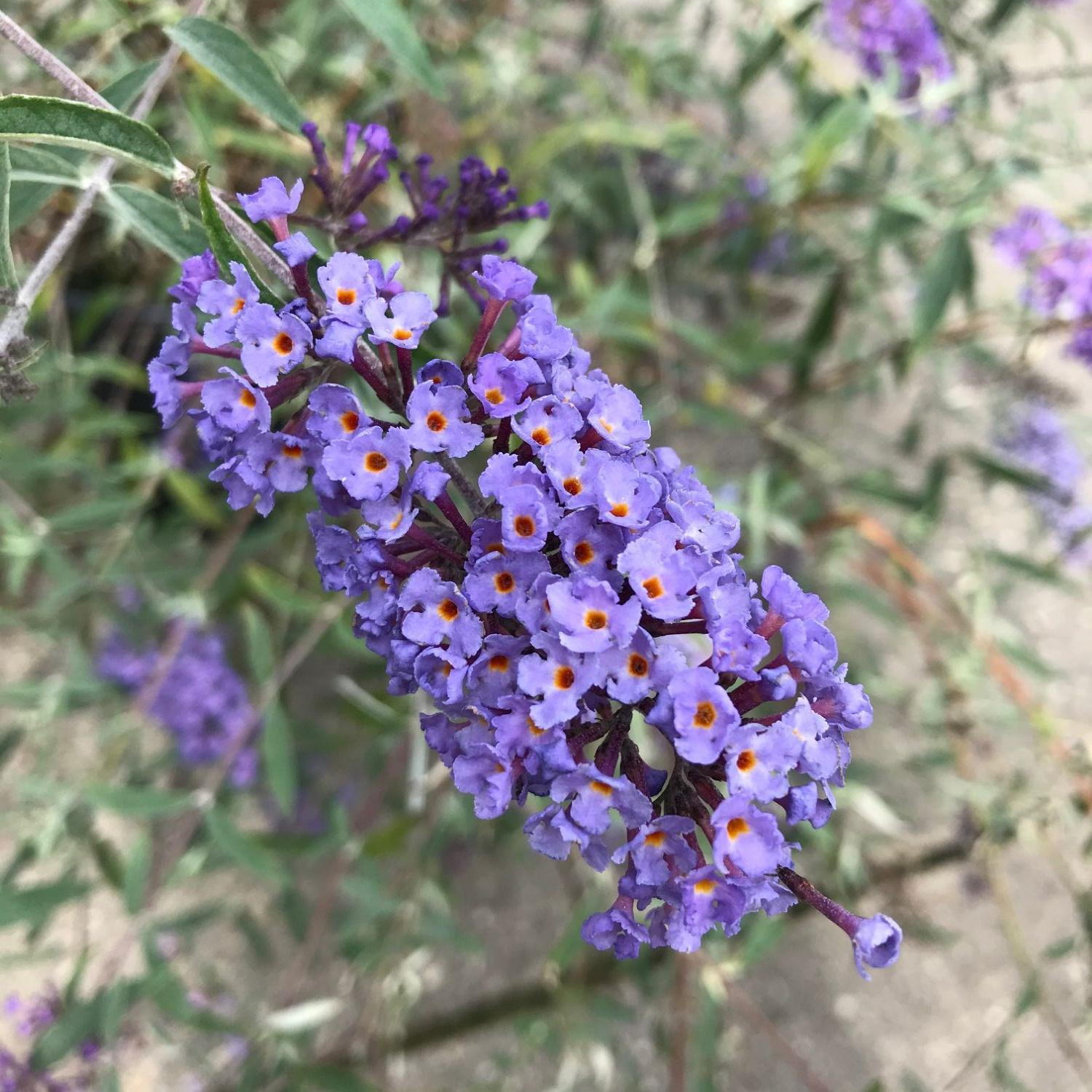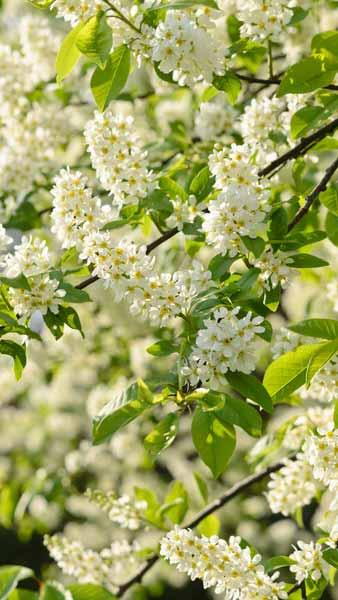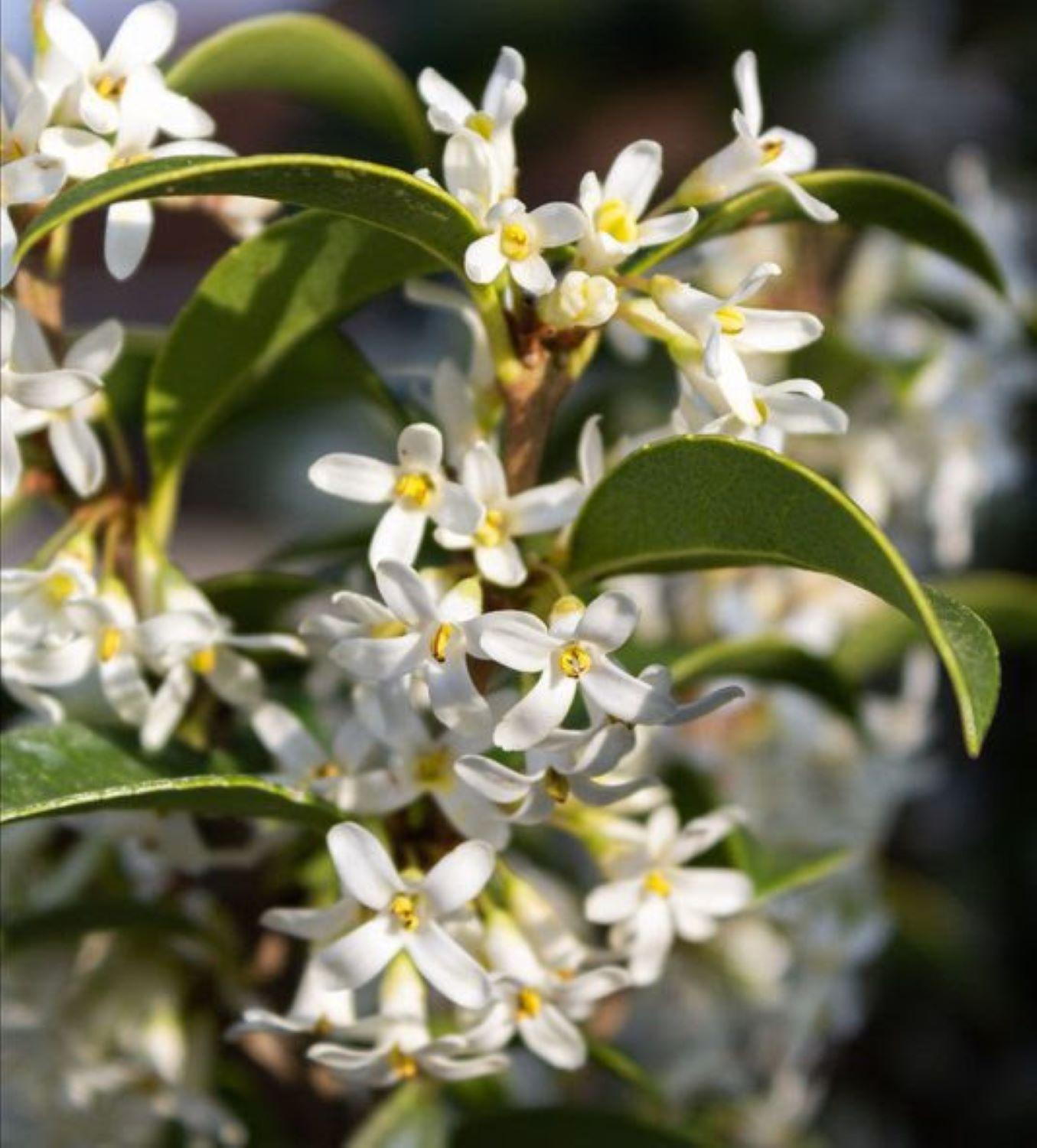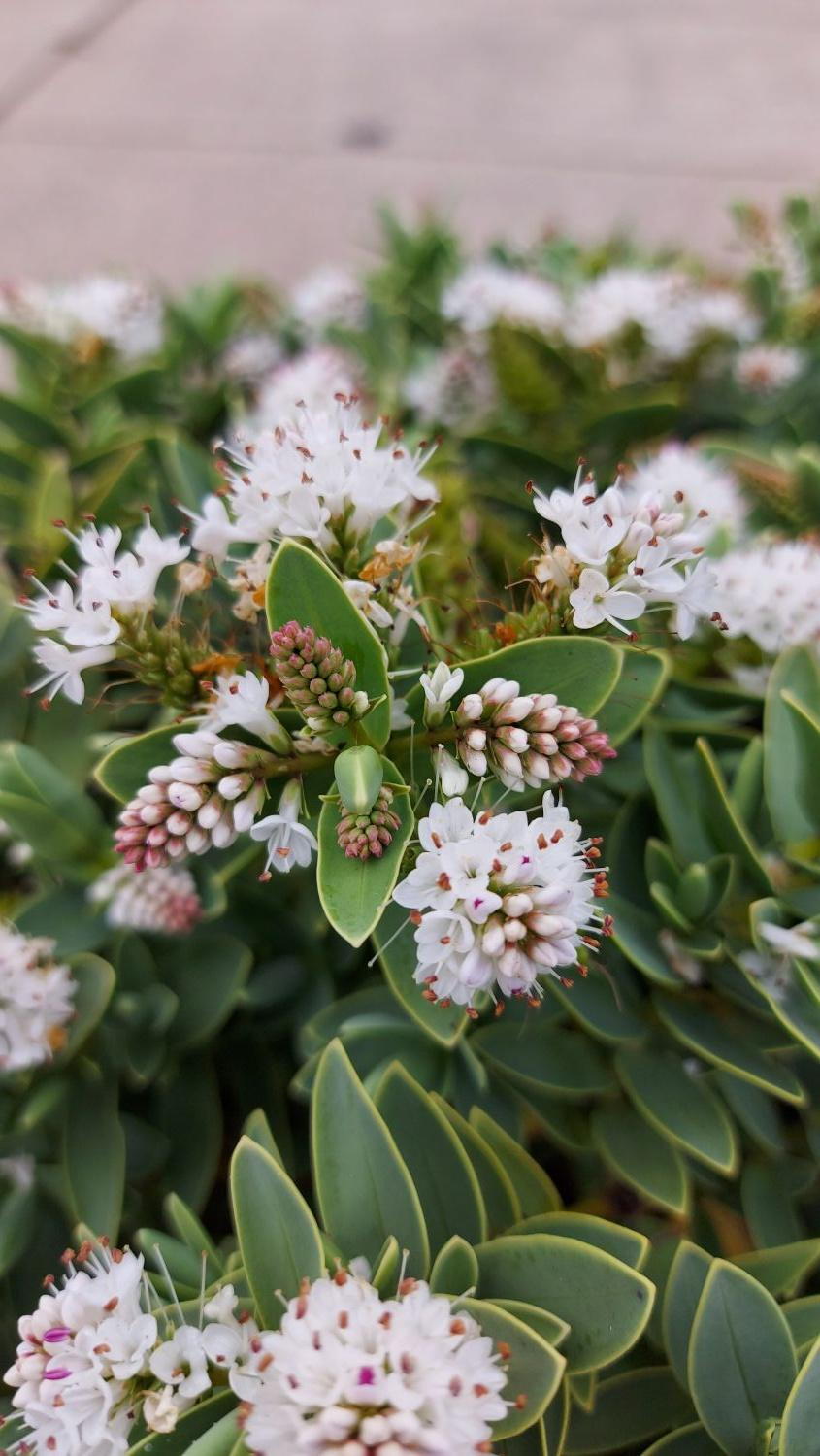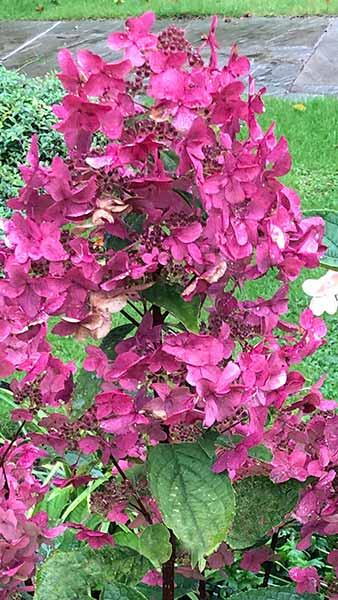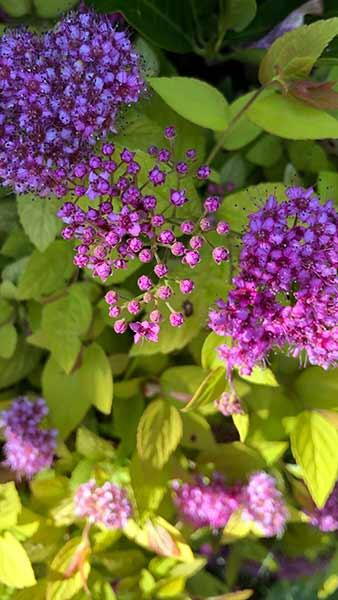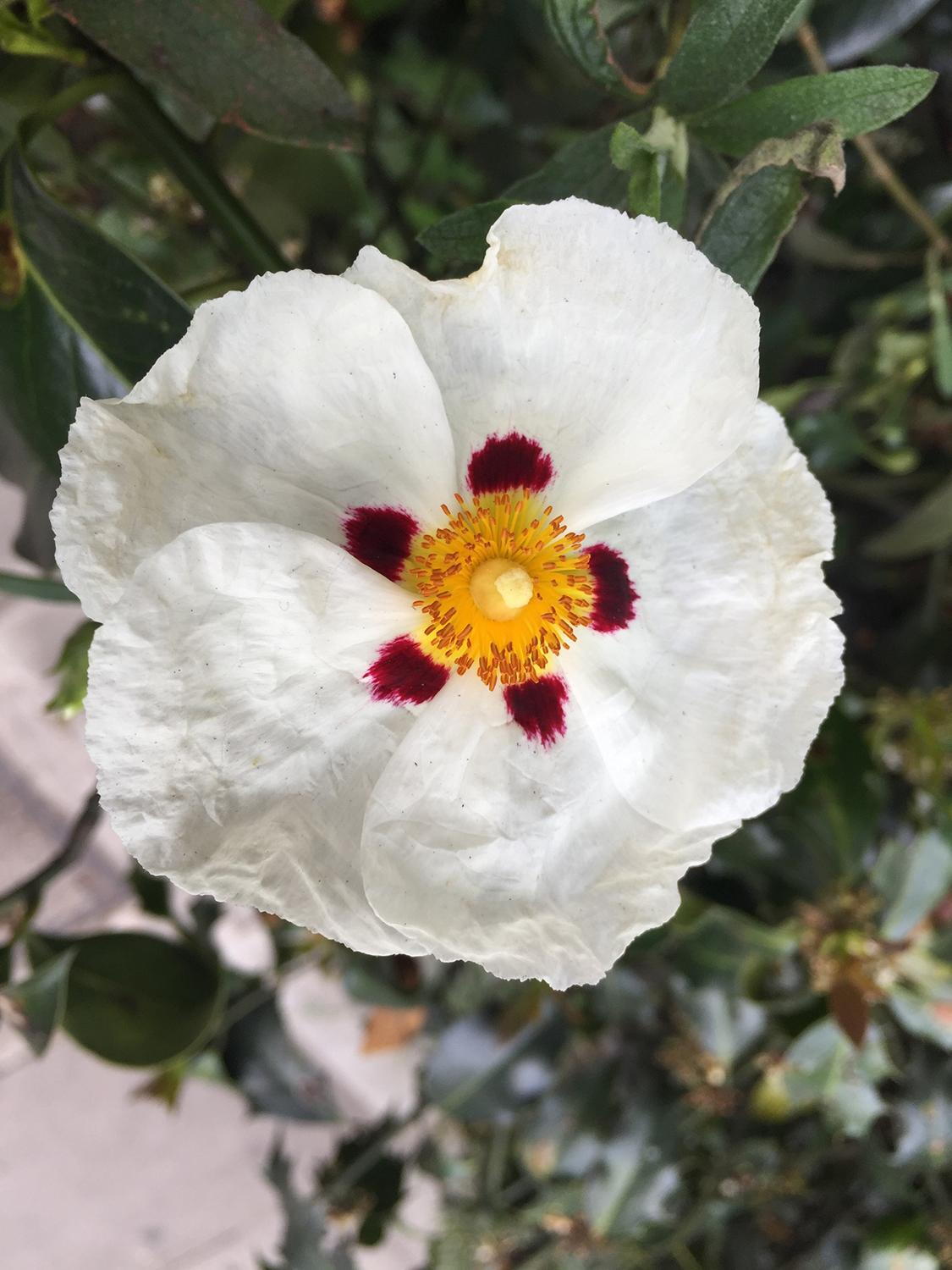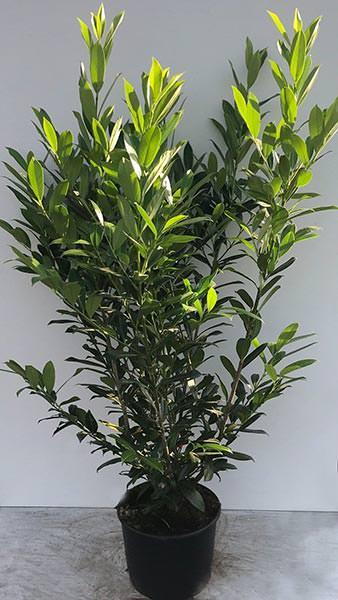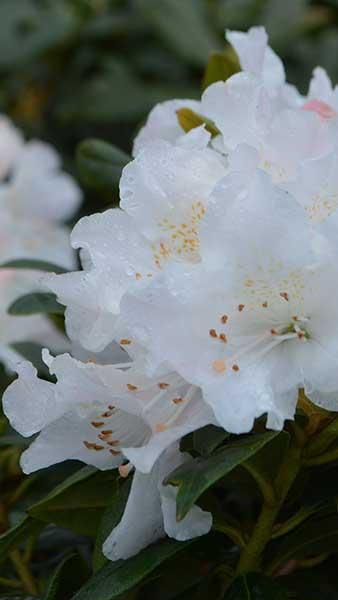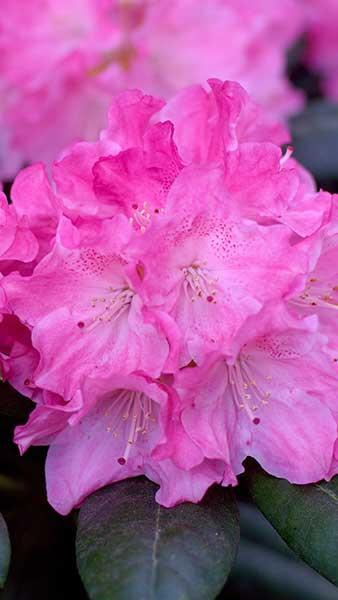Buddleia Nanho Blue. Buddleja Nanho Blue. Butterfly Bush
Buddleia Nanho Blue (Butterfly Bush) Most plants have many names and we are all used to that. However, the cultivar Buddleia davidii ‘Nanho Blue’ has even more names than most. These include Buddleja davidii ‘Mongo’, Buddleia Nanho Petite Indigo as well as Petite Indigo. That said, it is the common name for Buddleia - butterfly bush – that lets us know exactly why it is so treasured in our British gardens. A Buddleia will bring joy and delight thanks to the sheer volume of butterflies, bees and other pollinators it is guaranteed to attract. Buddleia Nanho Blue (Buddleia Mongo) is a relatively early North American cultivar created in the 1980s from perhaps the best known of all the Buddleia varieties, Buddleja davidii. When grown in the UK, Nanho Blue is a deciduous shrub with small, tidy leaves. In August, it produces profuse, beautifully scented indigo blue flowers that hang in clusters at the end of long, branching arches. These slim, compact profuse panicles of indigo blue flowers can reach up to 30 cm long and have a rather fruity, heady scent. In terms of size, Buddleia or Buddleja Nanho Blue has an attractive shape when pruned and will grow to a maximum height of 1.5 metres. To get the most from this plant, make sure to plant it in a full sun position. Tip: Pruning in spring increases profusion of FlowersThe Nanho Blue Butterfly Bush will maintain an attractive compact shape if correctly pruned, which you just need to do once per year. Simply it cut back hard, almost to the ground, in early spring just before the new growth begins. Don’t worry if this may seem a bit harsh. Buddleias bloom on new growth, so the plant will go on to flower in August. Furthermore a hard, spring prune serves to encourage lots of new growth as well as maintaining a shapely habit. If left unpruned, Buddleia Nanho Blue tends to get a bit straggly. Other than this annual prune, Nanho Blue is pretty much low maintenance. In more extreme climates, Buddleia may die back to the root in very cold winters, but never fear, it will come back again in spring. In addition to being a butterfly magnet, Buddleias have many other merits including flowering in August, a time when many other plants have finished for the season. If you deadhead the spent flowers, Buddleia bushes will continue to flower right up until late September /early October. The other point about Buddleia plants is that they will grow almost anywhere. So, even if your soil is sandy or very chalky, a buddleia will thrive as long as it is planted in a full sun position. They are also good plants for windy coastal climates.
